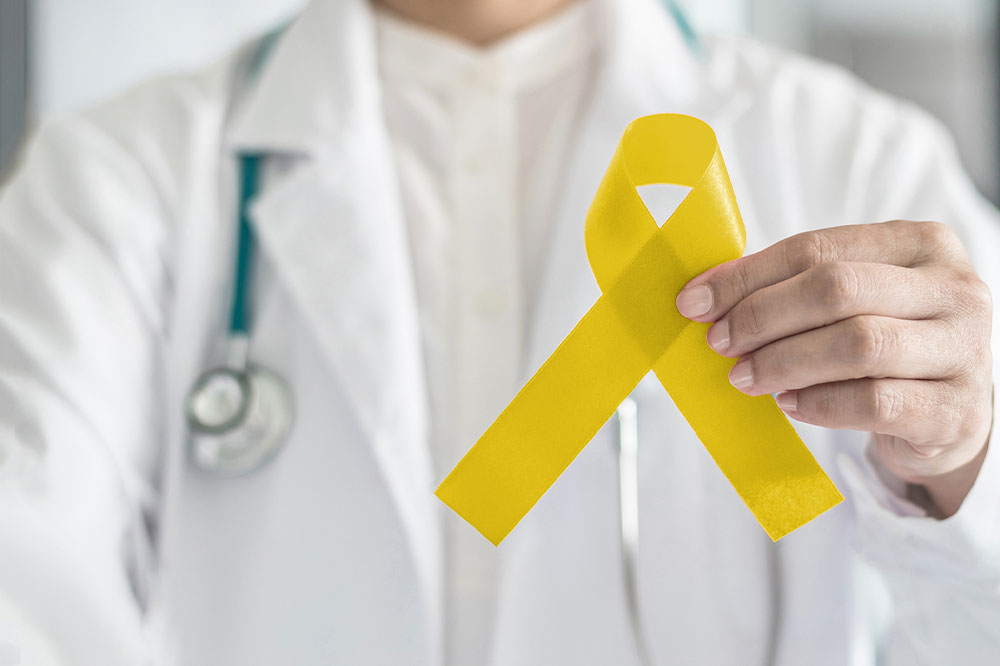
Synovial sarcoma – Causes, symptoms, and management options
Synovial sarcoma is a rare cancer that affects the soft tissues connecting, surrounding, and supporting the joints. These may also include blood, fat, muscle, nerves, joint linings, lymph vessels, and tendons. It affects around 1000 people a year and is more prevalent in males under 30. Typically, it affects the soft tissues in your shoulder, ankles, knees, or hips. It is a slow-progressing cancer with symptoms developing gradually. Learning about the disease is important.
New treatment methods and early diagnosis can help patients live longer and manage the condition.
Symptoms
Usually, synovial sarcoma does not lead to any symptoms in the initial stages. However, when the tumor advances, you may experience signs that mimic bursitis or arthritis. A few symptoms associated with the condition are:
- Numbness
- Swelling
- Restricted motion in the leg or arm
- Pain, typically if the tumor presses onto the nerve
Some people with synovial sarcoma may also have a lump they can see or feel. A mass in the neck from cancer may alter your voice or intervene with your breathing. However, when it develops in the lungs, it may result in shortness of breath. The area around the knee is where it most frequently originates.
Causes
In most cases, the causes of the condition are not known. However, some underlying conditions or factors can aggravate your risk of developing it. For instance, if some rare diseases are prevalent in your family, you may have a higher chance of developing synovial sarcoma.
In addition, your risk of developing the disease also heightens due to the following:
- Exposed to specific chemicals like thorium dioxide, vinyl chloride, or arsenic.
- Have a family history of radiation treatment
- Experienced prolonged swelling in the arms or legs
Synovial sarcoma is composed of cells with genes that have mutations. These glitches are not hereditary. However, they develop gradually because of unknown causes. More commonly, these abnormalities occur when certain chromosomes are annexed to other chromosomes or broken, resulting in genetic errors related to synovial sarcoma.
Diagnosis
The diagnosis usually starts with a basic physical examination. But you may also have to undergo imaging tests for confirmation. Some of these are:
- X-rays are required to acquire images of the soft tissues and the bones.
- MRI is a painless test that employs a computer and radio waves to generate precise pictures of the organs and structures within your body.
- CT scans utilize a computer and a series of X-rays to produce 3D images of the bones and soft tissues.
- Ultrasound employs high-frequency sound waves to generate real-time videos and pictures of the tissues and internal organs.
Beyond this, healthcare professionals may also recommend a biopsy to assess the tissue from the suspected tumor. Further, they may study the tissue cells to note chromosome alterations.
Treatment
Synovial sarcoma treatments depend on multiple factors. These include:
- The person’s age
- Tumor’s location
- Size
- Progression of the disease
In most cases, the first step in treatment is surgical tumor removal. Doctors may also advise chemotherapy post-surgery to combat the remaining malignant cells or prevent cancer from spreading to the surrounding regions. You may also undergo radiation to shrink tumors or kill cancer cells. Some doctors might suggest therapies to reduce tumor size before surgery too.




